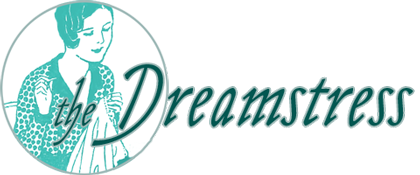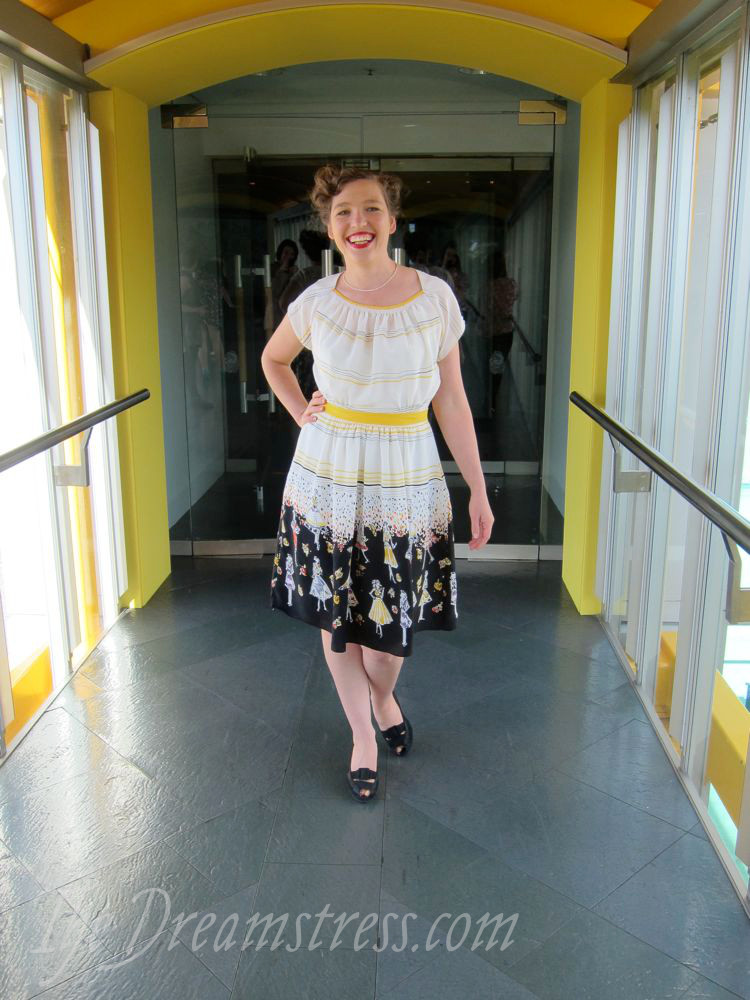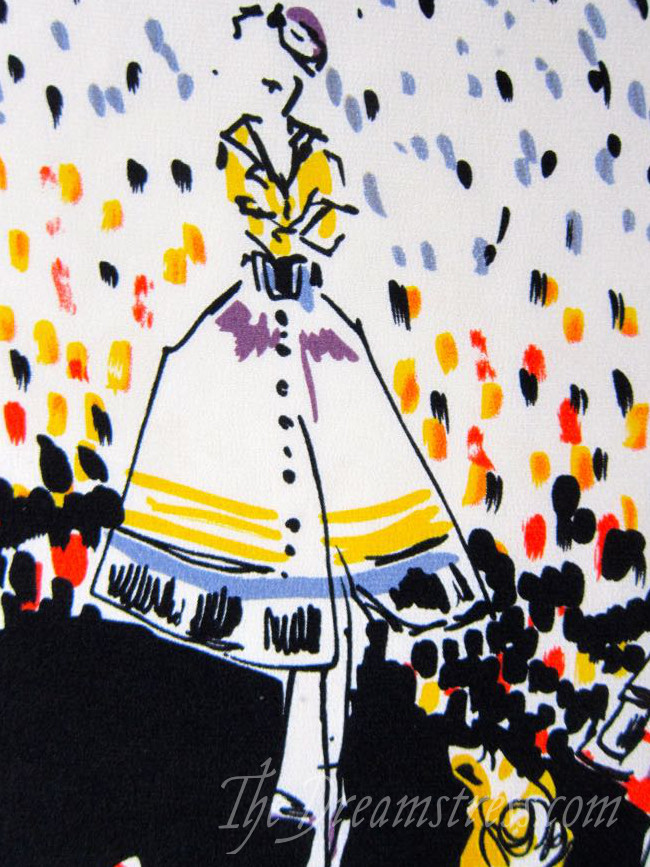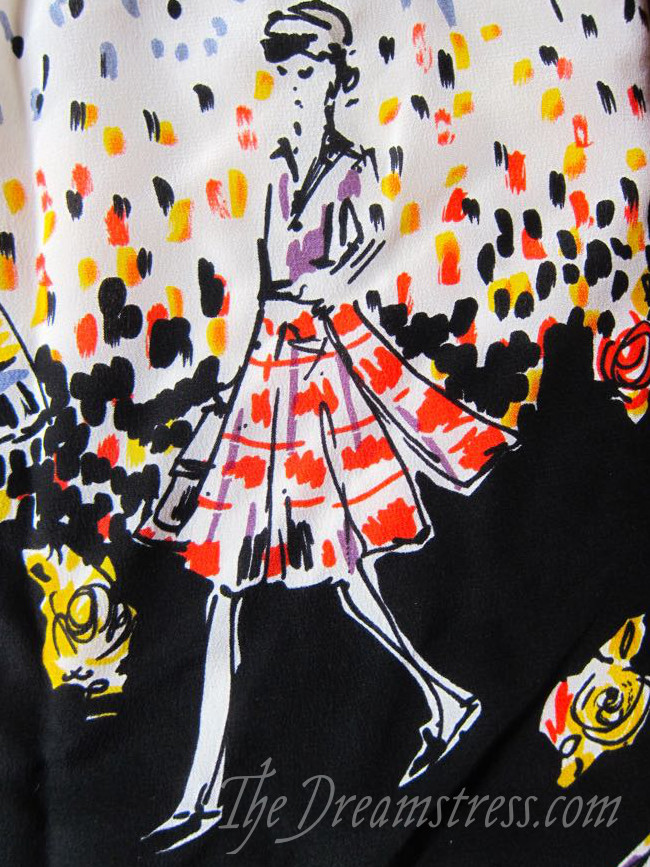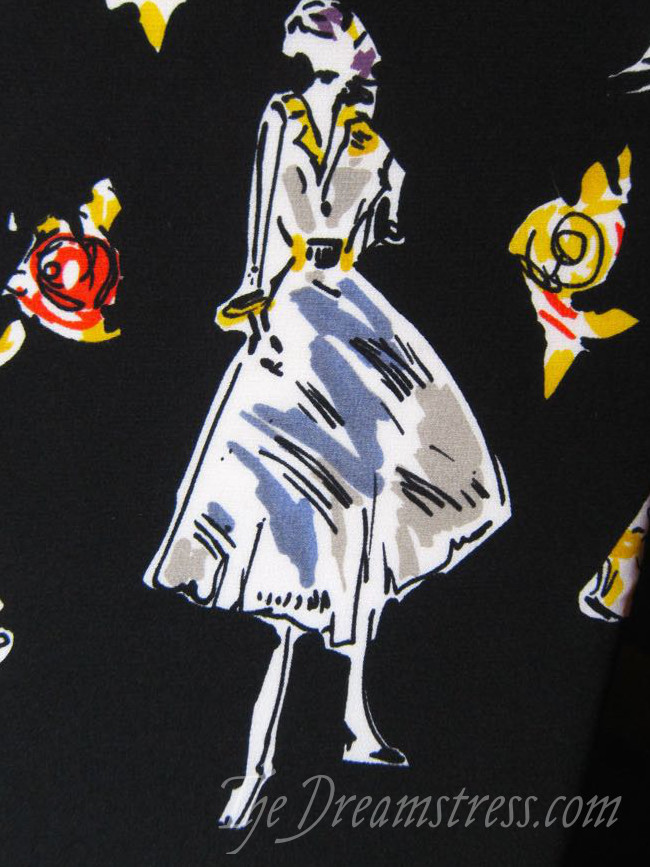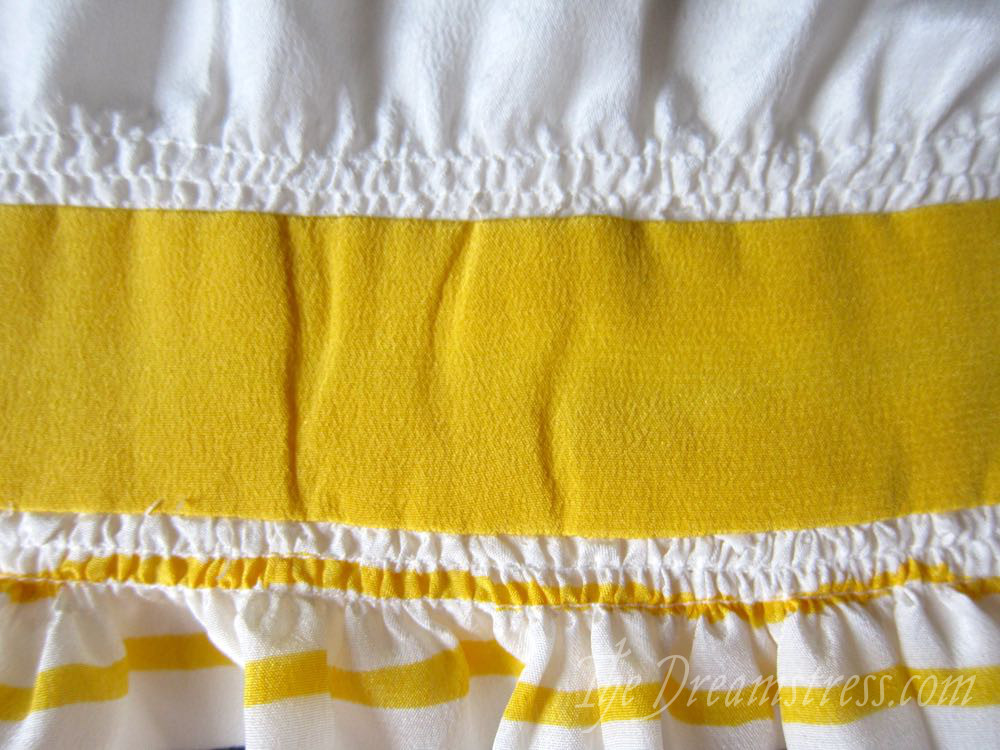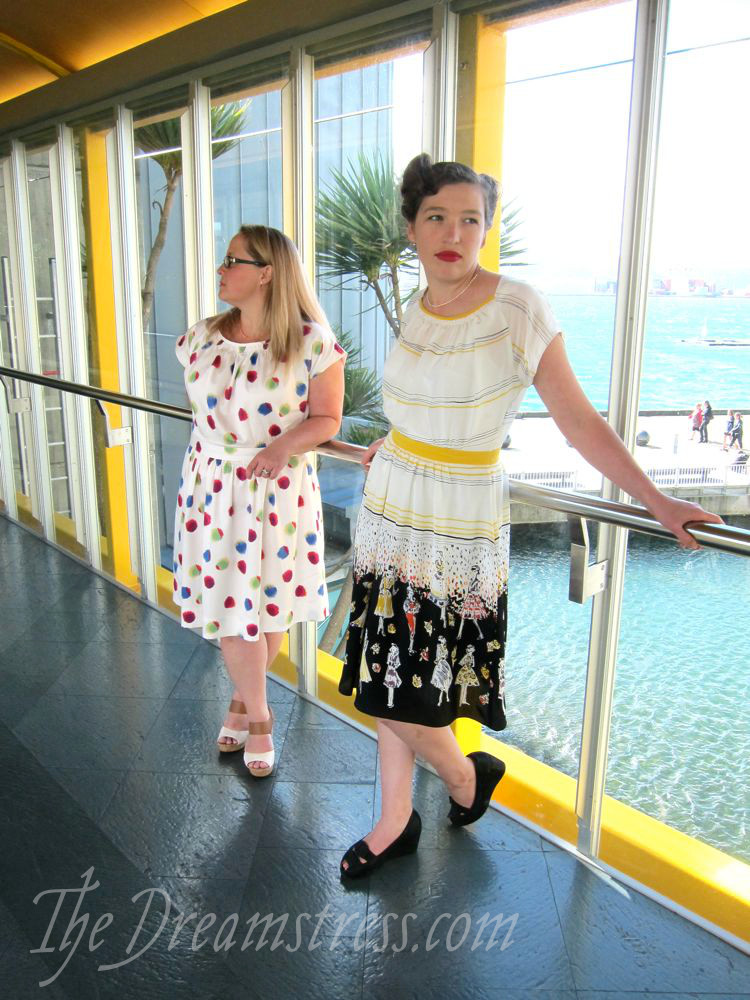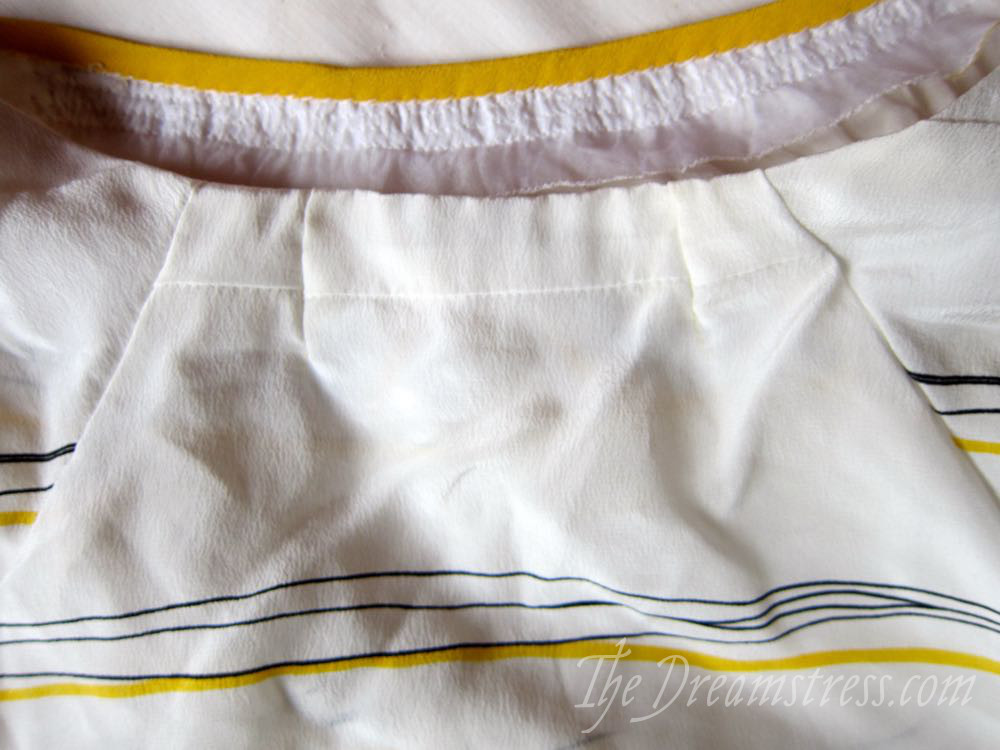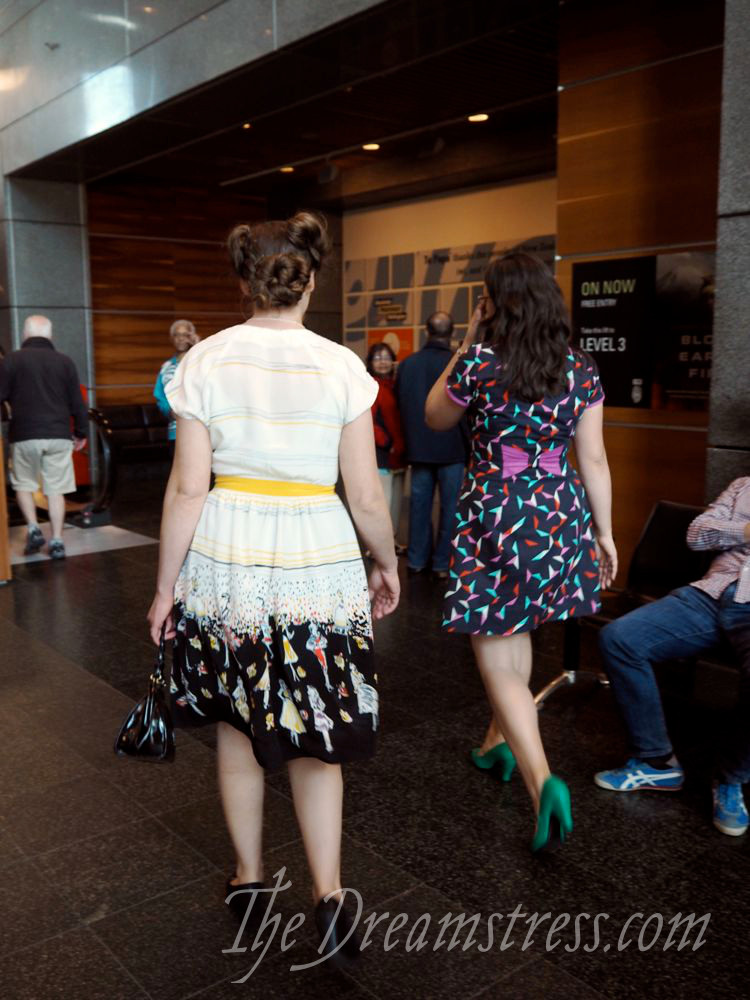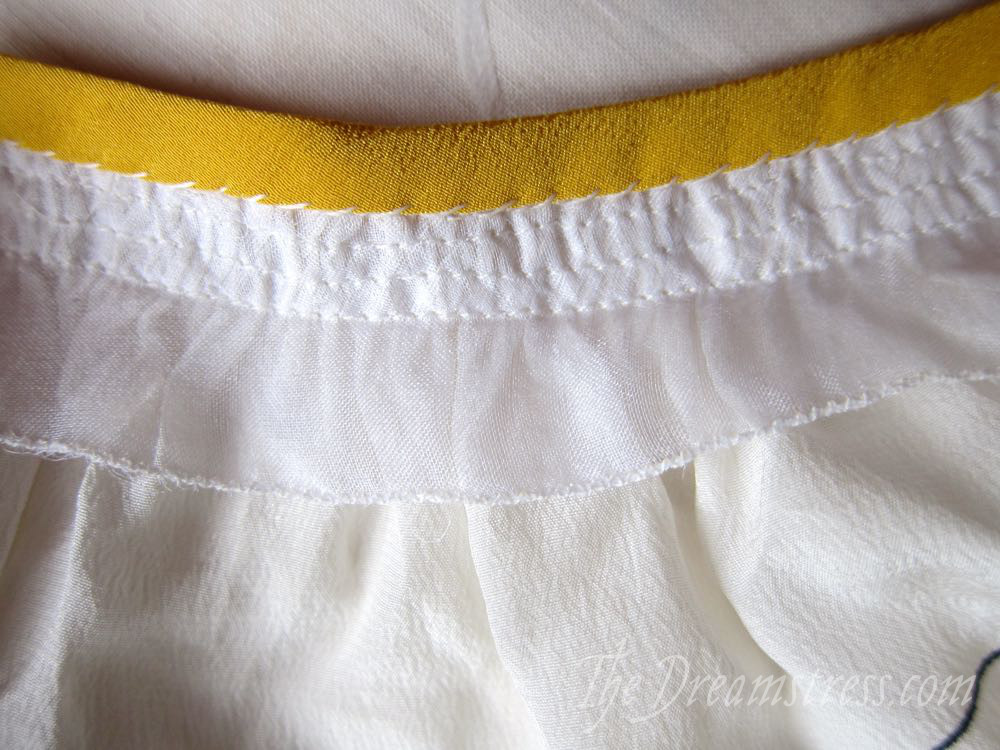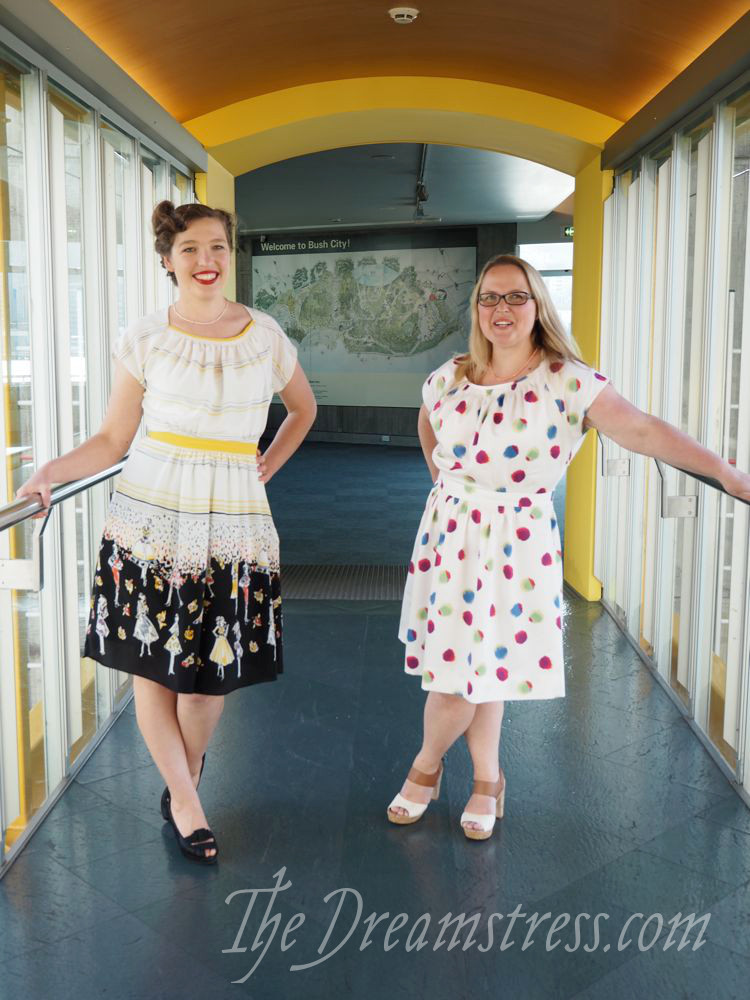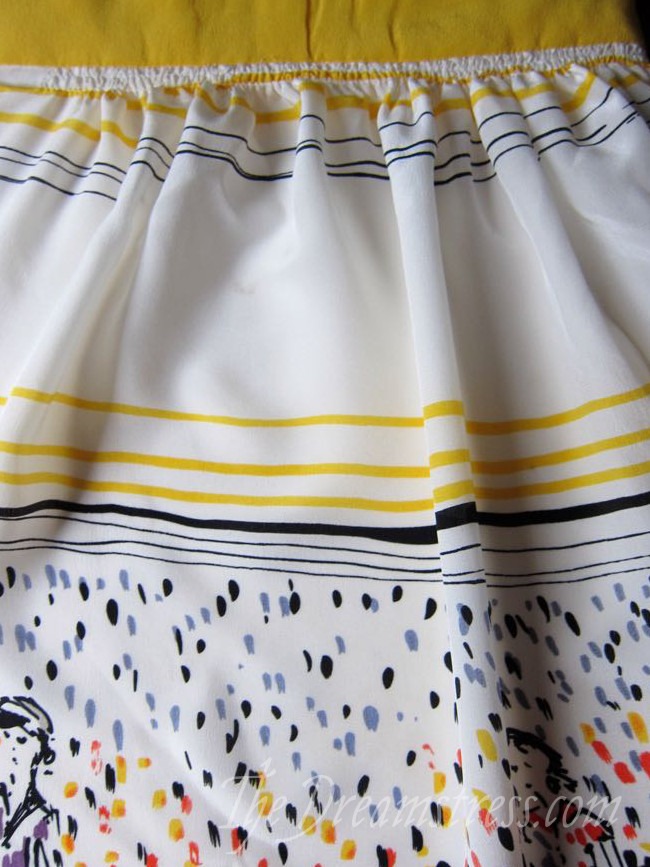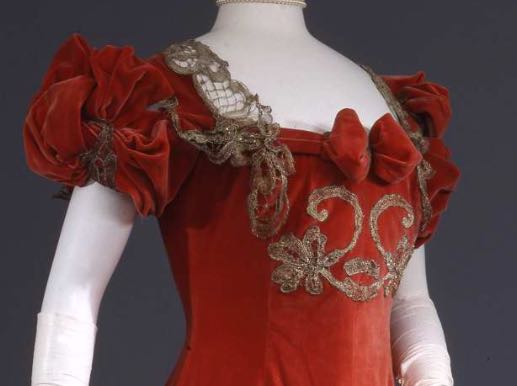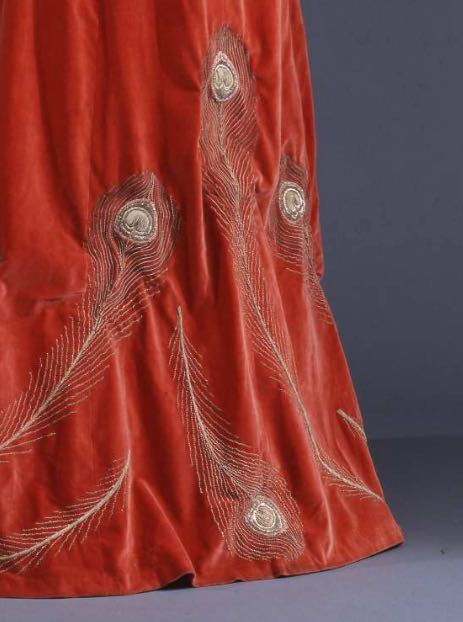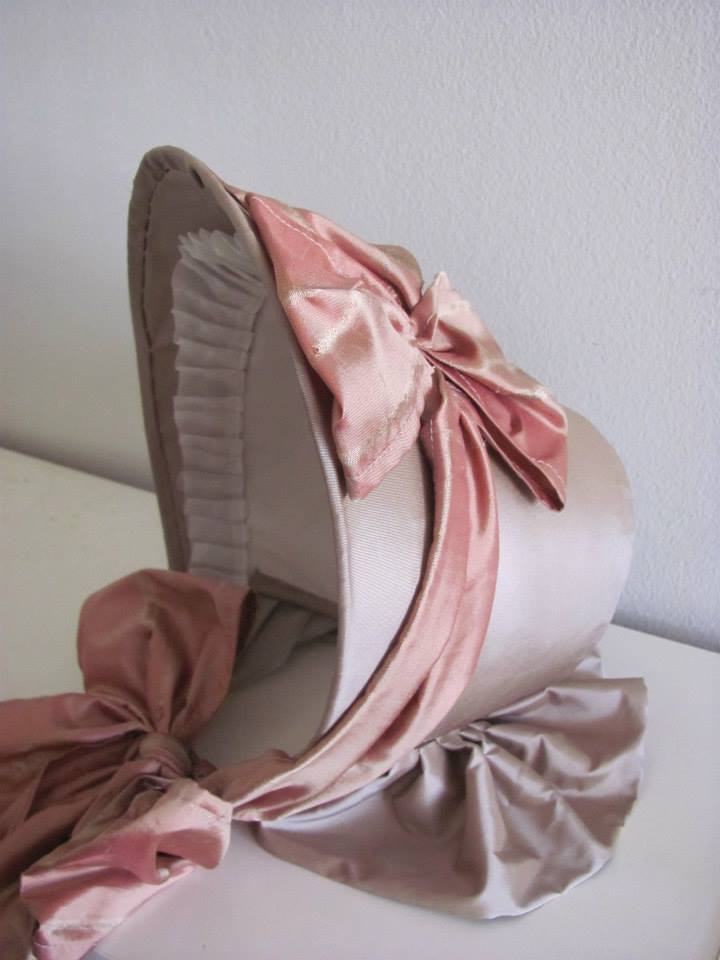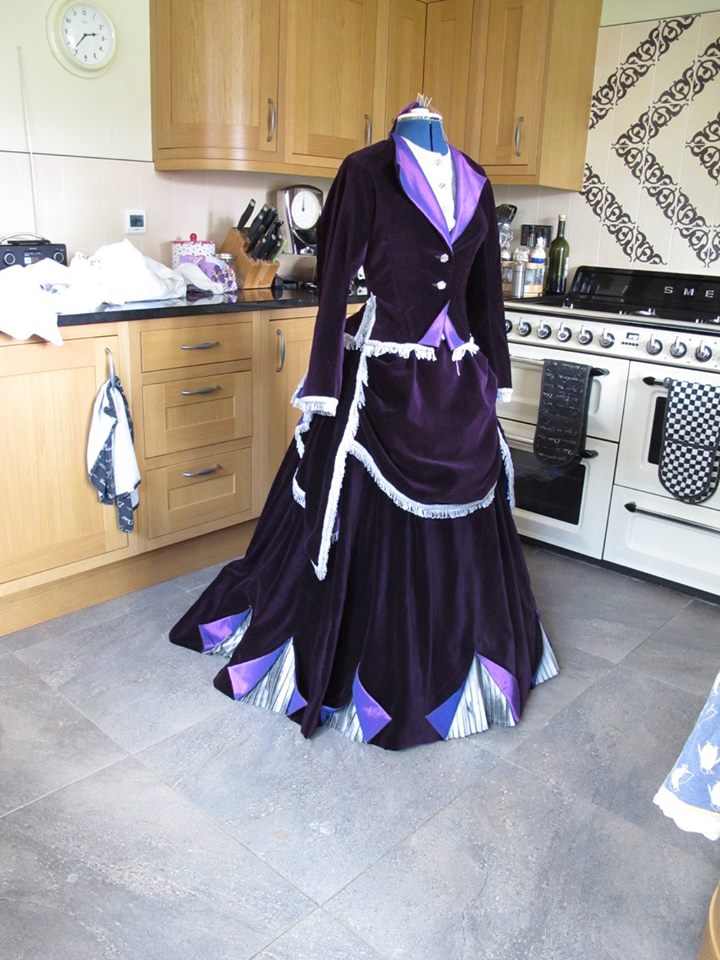It’s been a few weeks since I’ve done a Wellington Sewing Bloggers 0Degrees post (read all about it and see the other links here) , and the challenge has hit some slight hiccups in the form of jobs, children, and viruses (as is inevitable), so we’re still trying to catch up and fill in some of the links, but there is quite an impressive chain formed.
And now, time for my link!
This is my ‘Sunshine’ Decades of Style Dorothy Lara dress:
Sunshine is definitely something that we need at the moment – the weather prediction for the next 10 days is all 12 & 13 degrees, and I’m huddled in front of the heater in layers of merino looking a lot like this.
So it’s nice to remember that not that long ago it was warm enough to wear little silk frocks and bare legs, and that eventually, a long time from now, that kind of weather will come around again.
This dress links to both Nina’s Dorothy Lara (along with my feathered Dorothy Lara), and to a Belcarra that Sewist Stitch is making in the same border print crepe de chine.
The crepe de chine came from The Fabric Store, and as soon as I saw it I thought “Oooooh….”. But I also thought it was maybe a tiny a bit twee, and I knew that a gazillion other people in Wellington would also be buying it, so there would be a rash of us in border print crepe de chine, so I held off. And held off. And two other sewist that I know bought it. And I held off.
And then I had a 30% off coupon, and the fabric was still there, and I caved and bought it with a Dorothy Lara in mind. And realised that Sewist Stitch also had it, so of course I had to make the Dorothy Lara right away, so it could be used for 0Degrees. (photo courtesy of Silly Billy Sewing)
(photo courtesy of Silly Billy Sewing)
The border print is little vintage ladies in sunshine yellow (mmmmmm..yellow), vermillion, purple-grey, and mauve, with black and white.
The yellow, very happily, is an exact match to the yellow crepe de chine I used for my Yellow Mantle of Summer Vionnet frock (why yes, now that you mention it, I am slightly yellow and summer and sunshine obsessed), so I used scraps from that for the waistband and neck binding.
Perfect match!
Well, at least I think so, but I popped by The Fabric Store after the WSB meet-up and photoshoot, and their youngest and notably un-tactful saleslady said “Oooh, that’s from our fabric. Very cute! And the yellow is almost the perfect match”
I gave her my death glare (the one that involves a completely blank face, because whatever the person is saying is too far beneath my contempt for me to even move a facial muscle for it), and said “It is”.
And she, not getting the hint, said “Well, almost.”
Sigh. We’ll train her up eventually.
The border print fabric came in panels just over a meter long and only 115cm wide, and I managed to make the dress out of two of them ($28 per panel, even with my voucher), though when I was finished I didn’t have a single scrap more than an inch and a half wide left.
And I only had to piece in one place!
And it’s not very noticeable on:
(photo courtesy of Silly Billy Sewing)
The lack of fabric did mean I had to compromise ever so slightly with the layout – in an ideal world the sleeve stripes would meet the bodice stripes, and the skirt would be 1.5″ longer, but I would have needed 4 panels for that layout, and overall, I’m pleased with the result (though I think I like the Feathered Friends version better, which means that every time I make a Dorothy Lara I like it more. 3 may be as many as I need though!)
I made a few tiny changes to this version. I increased the curve of the neck facing, and shortened to tighten the bias binding on it, which really helped with the neck gape problem.
I also shortened the bodice length a bit, so it doesn’t blouse so much on me.
Because I was working with such delicate crepe de chine, and was so short on fabric, I did the neck stay in silk organza rather than crepe de chine + interfacing.
This worked beautifully, except for the part where the finished edges of the silk organza rub against my skin and irritate it. I may see if I can trim it very close to the stitching and re-finish it.
I also made the interior waist stay out of silk organza, and that works perfectly. I rather like that it allows you to see the interior construction of the waistband.
Sadly, unless I put it over leggings and a merino top (which rather defeats the point), the dress is unlikely to be worn again until spring.
But at least I got to wear it to the WSB event, and to high tea at the Beehive a few days later. And maybe it will spend some time on Isabelle this winter, looking happy and reminding me of sunshine.
